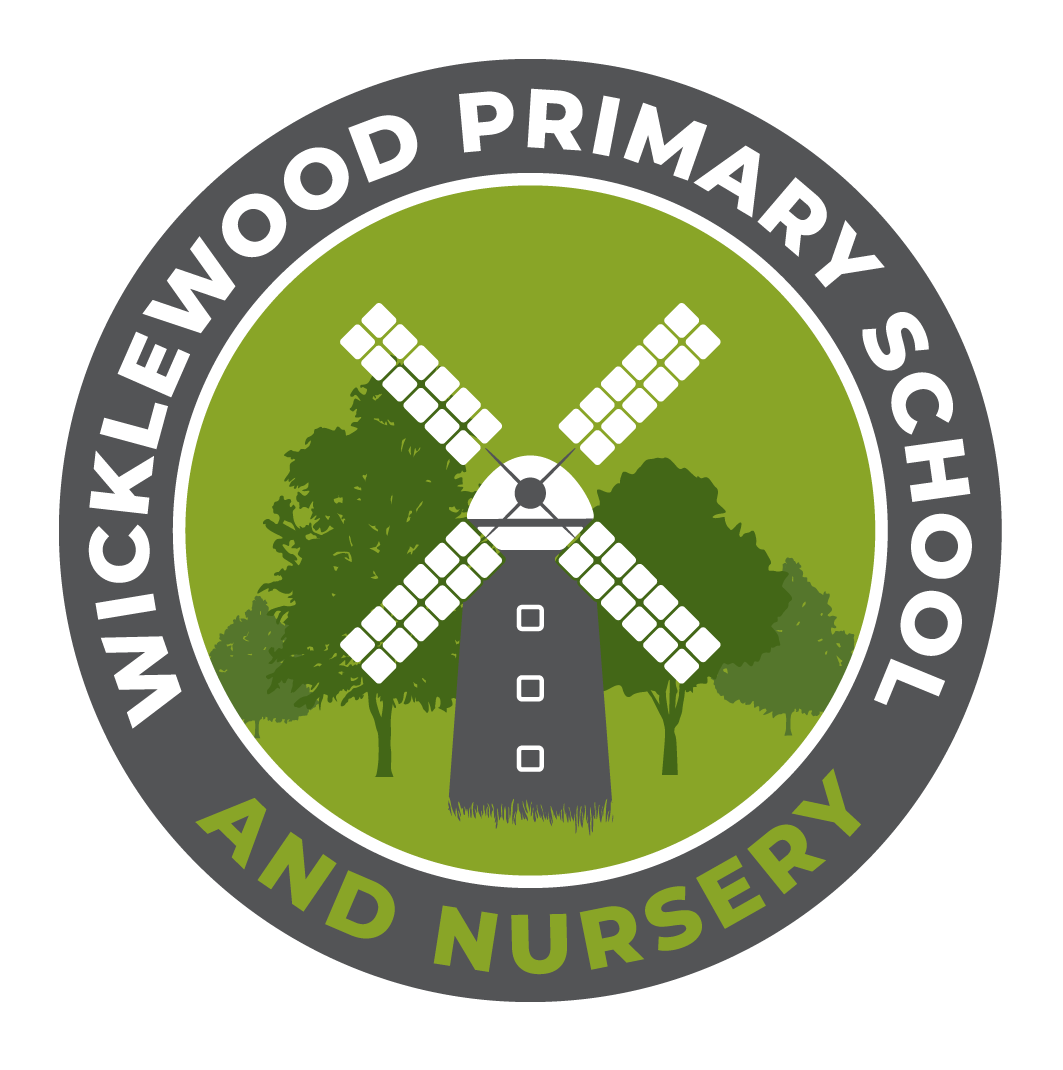Handwriting





LETTERJOIN
At Wicklewood Primary School, we are working hard to develop all pupil’s handwriting and take particular care in our chosen cursive handwriting style. We use Letter-join’s on-line handwriting resource as the basis of our handwriting policy as it covers all the requirements of the National Curriculum.
Handwriting is a basic skill that influences the quality of work throughout the curriculum. By the end of Key Stage 2, all pupils should be able to produce fluent, legible and, eventually, speedy joined-up handwriting, and to understand the different forms of handwriting used for different purposes. Our intention is to make handwriting an automatic process that does not interfere with creative and mental thinking.
Aims:
- To develop a neat, legible, speedy handwriting style using continuous cursive letters, which leads to producing letters and words automatically in independent writing.
- To establish and maintain high expectations for the presentation of written work.
- For pupils to understand, by the end of Year 6, the importance of neat presentation and the need for different letterforms (cursive, printed or capital letters) to help communicate meaning clearly.
Handwriting is a cross-curricular task and will be taken into consideration during all lessons. Formal teaching of handwriting will be carried out regularly and systematically to ensure Key Stage targets are met.

Becoming a 'Cursive' Writer
When children have learnt the 'lead in lines' and are forming all cursive letters accurately, they will begin to learn the diagonal and horizontal joins needed to become fluent and confident writers.
Letters with diagonal joins are:
a, b, c, d, e, f, g, h, I, j, k, l, m, n, p, q, s, t, u, x, y, z
Letters with horizonal joins are:
o, r, v, w,
Forming and joining cursive letters neatly and accurately can be a challenge for some children at first, particularly for those who are left handed, as their hand/arm covers the graphemes written and those who have reduced fine or gross motor skills, however, with targeted support and regular and repeated practice, all children can develop a neat and consistent handwriting style. Fluent cursive handwriting supports spelling, stamina for writing and reduces cognitive overload when writing across the curriculum.
